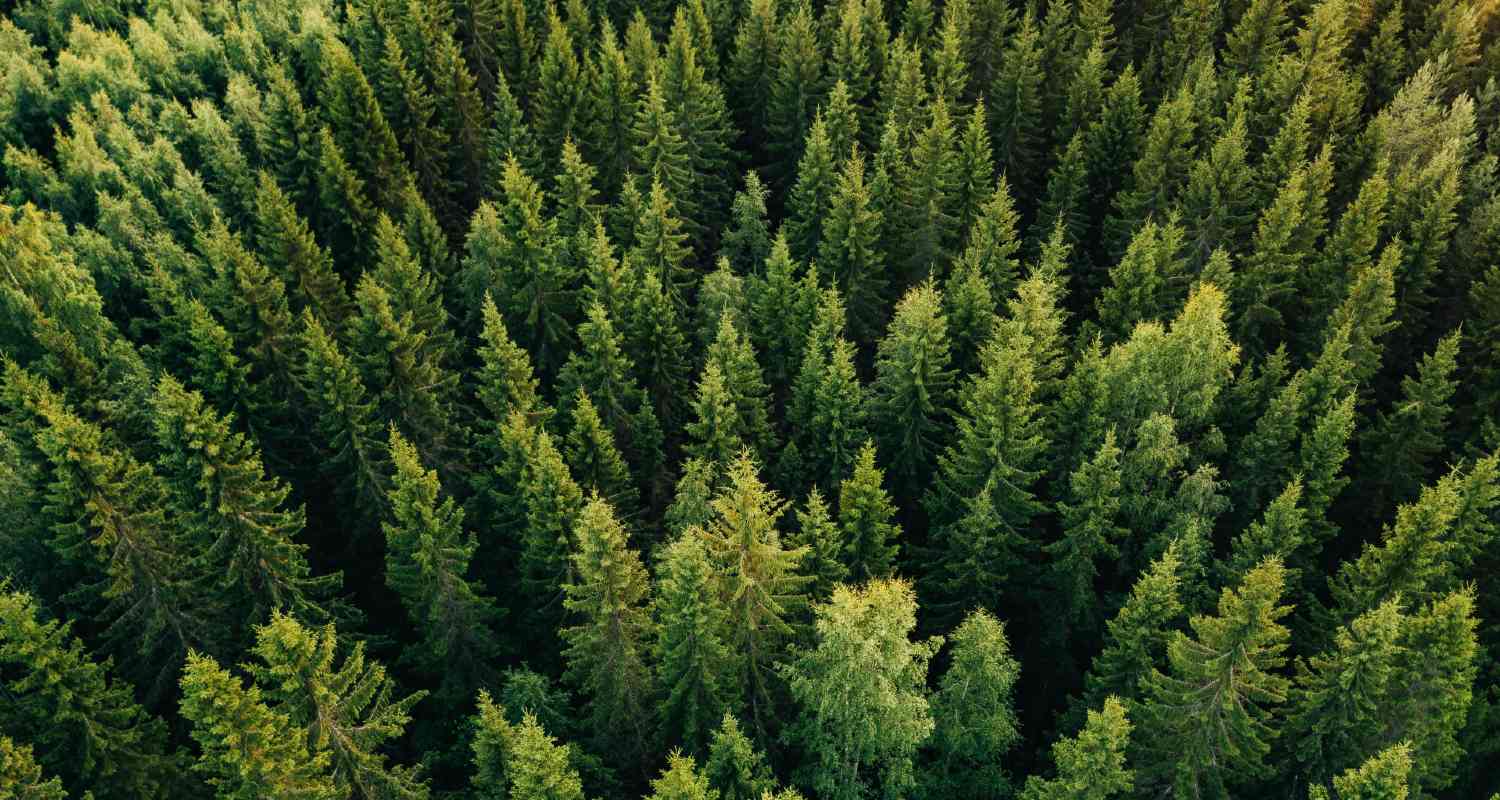Main types of nature-based solutions
Main types of nature-based solutions
Forests
Forests
Forests hold 80% of the world’s terrestrial biodiversity, provide clean air and water, protect against erosion and landslides, and help regulate the climate by removing CO2 from the atmosphere.
Wetlands and bodies of water
Wetlands and bodies of water
Mangrove swamps, marshes, and seagrass beds not only operate as water reserves but also host an important mass of biodiversity and help to retain sediments and pollutants that would otherwise be emitted into the atmosphere.




